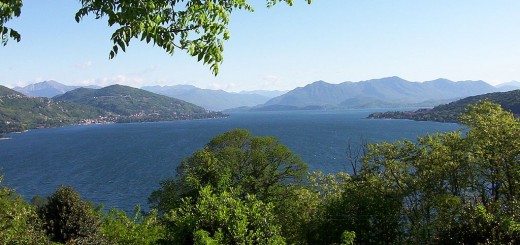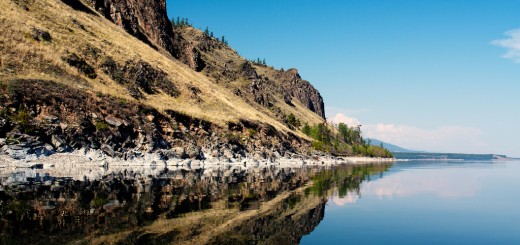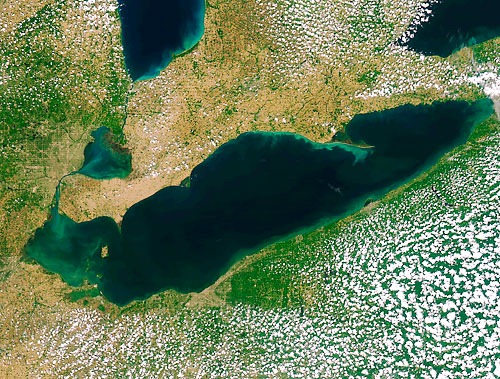Warming Nevada Alpine Lakes
0Scientists from Ohio State University studying in Great Basin National Park have found that alpine lakes there are warmer than they were thousands of years ago. Much of the find relies on sediment cores taken from Stella Lake and others at high elevations in the park.
“In Stella Lake, the temperatures are higher (now) than pretty much anything we’re seeing going back about 2,000 years,” said Scott Reinemann, an adjunct professor in Ohio State’s Department of Geography, to the Las Vegas Review-Journal. He helped complete the coring work while a doctoral student at the university. “They’re probably the warmest temperatures in the past 7,000 years.”

Stella Lake with Wheeler Peak in background. Both reside in Great Basin National Park. (Credit: Flickr User Frank Kovalchek via Creative Commons 2.0)
In addition to the cores, researchers utilized data on the hydrology of the Snake Mountain range, which surrounds the lakes. Insights from a network of temperature and humidity sensors also helped inform the finding.
But to truly appreciate the efforts behind the work, check out some of the field work that made it possible, in this video:
The Great Basin Experiments from Eric Haas on Vimeo.
“As it turns out, this mountain is a detailed record of the Earth’s history. You just have to know where to look. One of the ways we can learn about this mountain’s past is by studying the layers of sediment at the bottom of these small lakes,” said Eric Haas, the video’s author. “By collecting a long column of sediment and carefully studying each layer, we can learn about what type of organisms lived in these lakes during each time period. And if we know what type of climate these organisms thrived under, we can tell roughly what type of conditions were present at that time.”
But as Reinemann explains in many scenes, it was never as simple as just taking a core. Along the way, researchers dealt with high-speed winds that made coring impossible. And sharp, jagged pieces of slate sticking up from the water often punctured their rafts.

Stella Lake in Great Basin National Park. (Credit: Public Domain)
“And some sediment is not as nice as we would like it,” said Reinemann, in the video. “There’s some layers in it that are obviously pretty productive when they were on top and very fine, loose sediment so it’s really hard to use the corer on it.”
Some goals of the trip included gathering more length of core than they had gotten during the previous expedition, as well as maintaining the sensor network around the lake. Researchers also studied the volumes and characteristics of streams in the surrounding area.
“This information will allow us to track any changes our climate has on this mountain ecosystem,” said Haas in the video. “This is one of only thousands of projects around the world that hope to piece together the Earth’s past. Most of them use entirely different methods and vastly different locations. It’s only when you put all of them together that the picture becomes clearer.”













